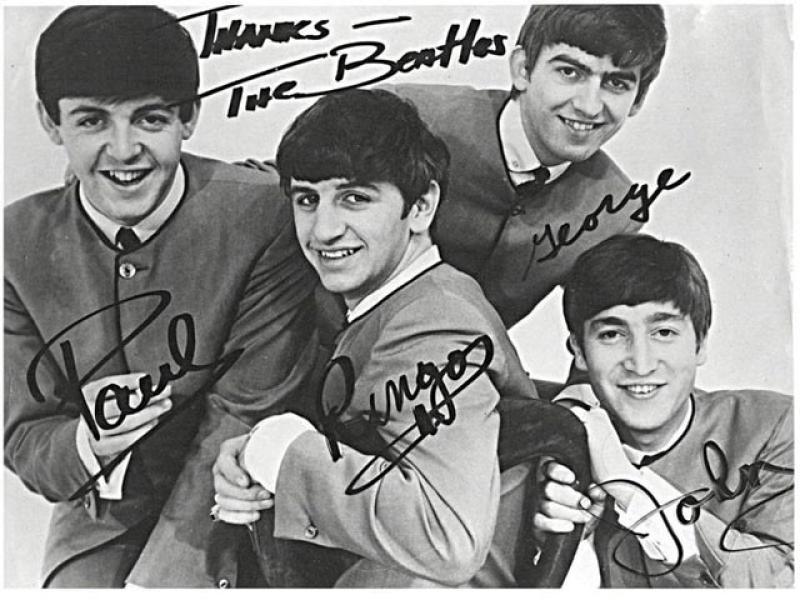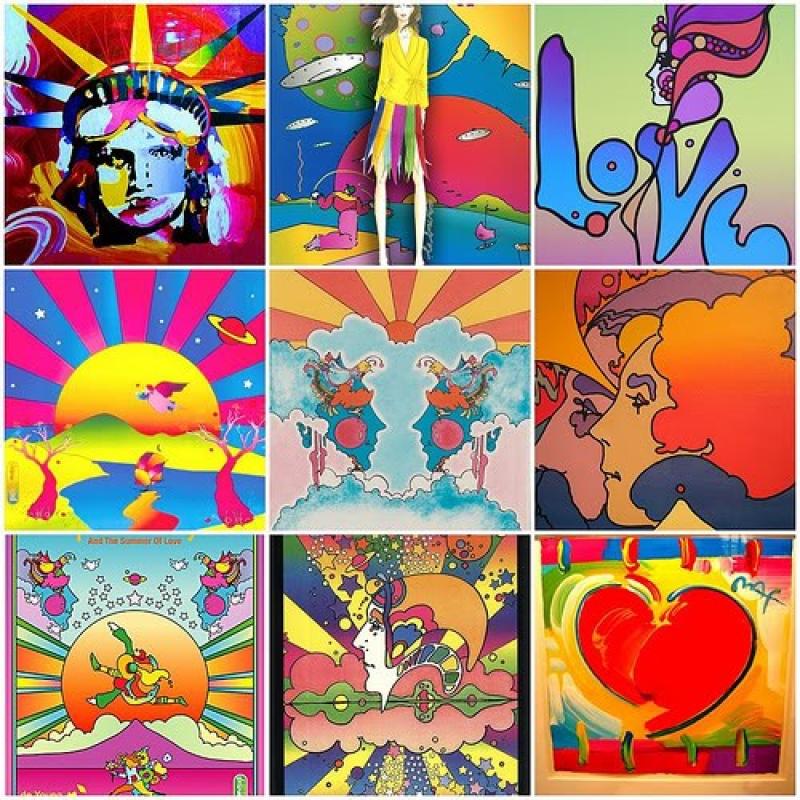Cultural Revolution of the 60s
(madness, music, magic as youth acquires a voice within the consumer market)

by Jacqueline Dukes
Purpose:
Assumptions:
- Ohio public school students have not studied American History in which the beginning of the nation until present day has been surveyed.
- The students have studied Ohio and the western hemisphere during grades 4-5.
- In order to provide scaffolding for ongoing and future social studies classes some effort needs to be given to pulling together fragments and pieces from past American History experiences so students can develop a viable process for further investigation of culture and country based studies
Objectives:
- Students recognize important information in provided text
- Determine the central ideas or information of a primary or secondary source; provide an accurate summary of the source distinct from prior knowledge or opinions
- Integrate visual information (e.g., loaded language, inclusion or avoidance of particular facts).
Timing:
Evaluation Activity 1:
Evaluation Activity 2:
Activity:
Material:


Activity 2 Extension:
Assign extension task:
Frequently historians collect important items to represent a period of time, an event, or culture. The music and visuals presented during activity one represent a collection of images and music associated with the counterculture of the 1960s. For future studies about 2014-15 teens, list three items you would choose to inform others about today‘s youth.
- Is this a recommendation you can make alone, or would you like to consult with peers?
- Whether you work alone or gather information from peers, how will you determine what is important? Source of information?
- At table groups share recommendation
- Make group list of items
- Report out for line graph on chart paper, white board, etc.
- Analyze the results for range and outlier choices
- Ask volunteers to make statements of patterns
- Invite students to consider whether or not future enquiries using key word searches will yield the same results 50 years from now. The main consideration is whether or not the recommended items will best represent this time with this population. Discuss whether or not any students within table groups were influenced to reconsider personal recommendation while sharing list with peers.
Download Cultural Revolution of the 60s
